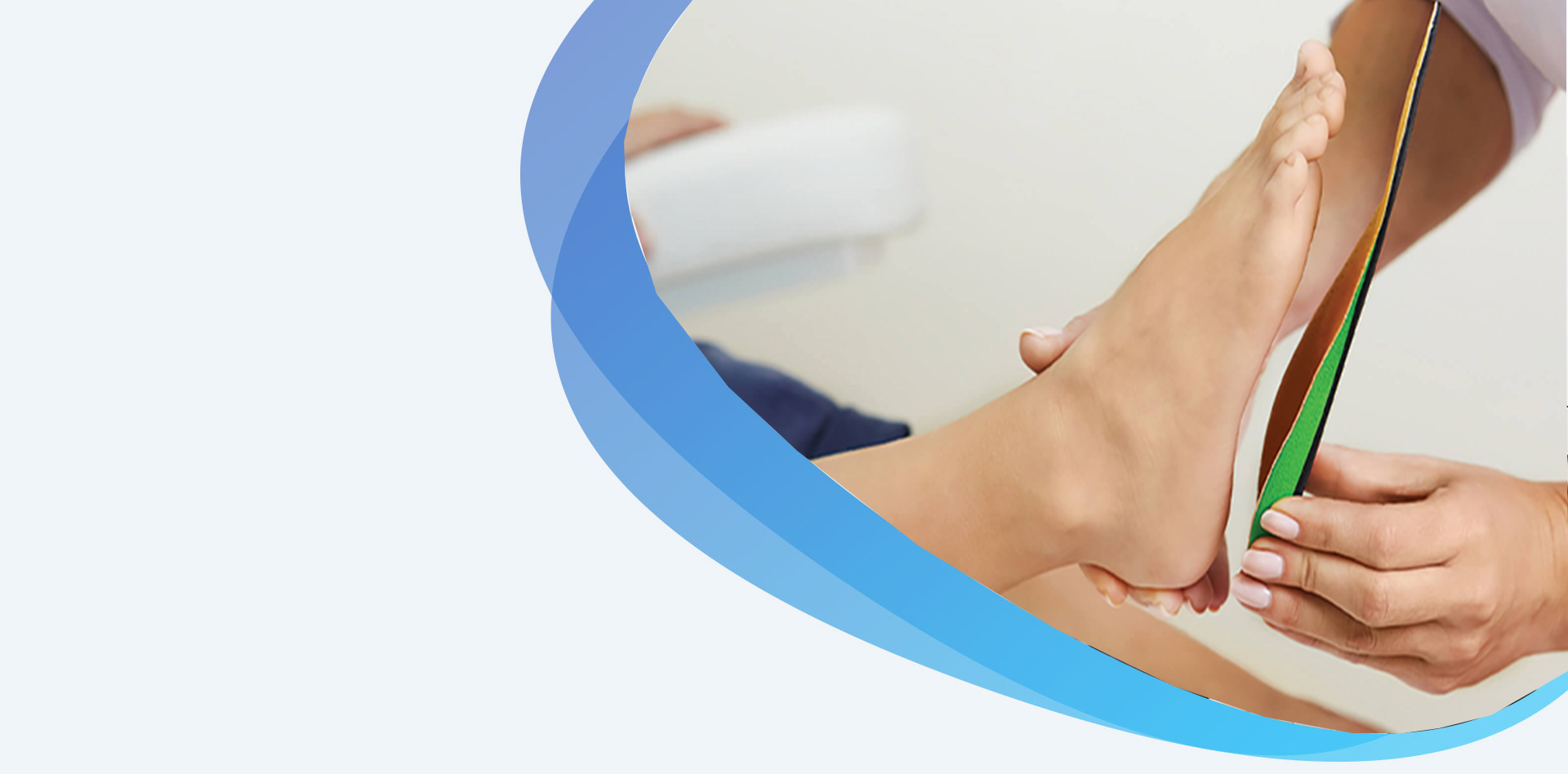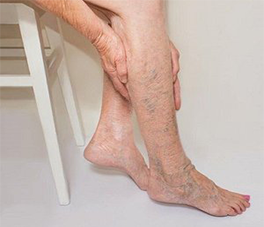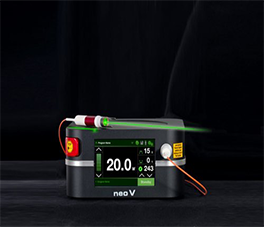Wound Care-Orthotics


Taking a multidisciplinary approach has become the “gold standard” within the medical community, as it has proven to be optimal for patient care. Wound care is no exception, and as the incidence of wounds and diabetes has increased over the years, so too has the need for educational programs and, more recently, an orthotic and prosthetic wound care specialty in order to complement wound care delivery.
The goal of treatment for any neuropathic or dysvascular patient is to preserve the limb and ambulatory function. The role of the orthotist/prosthetist is to redistribute weight-bearing forces on the neuropathic limb. This role is continuous from ulcer management to accommodation and follow up. Orthotists treat the entire body through externally applied devices designed to support or correct deformities.
Serves several purposes in the treatment of venous insufficiency by improving circulation and decreasing edema. If a lymphedema specialist is not available, an orthotist can easily measure and fit the patient with compression stockings. Ideally, the patient is treated with wraps until the edema is under control or the venous ulcer has healed enough to prevent reoccurrence.
Our clinic keeps stockings on-site; however, there are many different styles and options that patients may choose. Juzo,® Jobst,® and Medi offer some of the more common compression hoses, which should be ordered about two weeks before the patient is ready to begin wearing stockings. The prescription details whether below- or above-the-knee compression is needed and the range of compression desired (low, medium, or high). Open toe/closed toe and designs/colors that will appeal to men and women should also be considered.
Both strive to offload a pressure area on the bottom of the foot. The wedge shoe has full contact with the foot, but reduces load by lessening the amount of sole in contact with the ground. For example, to offload the forefoot, the heel is elevated and angled to prohibit forefoot contact with the ground.
Postoperative or cast shoes: Very common in the wound care setting. They contain a rigid sole and removable insole that can be cut out under the ulcerated area for relief. As the simple Velcro design allows for bandage volume, it does not offer an intimate fit. These are particularly helpful when the patient is under a continuous-care program where the foot is monitored closely. They are also very easy to adjust or change as the patient changes.

A special style of shoes designed specifically with wound care relief in mind, though it’s a more expensive option that is not always covered by insurance.
The wound care shoe system is a leather sandal designed to be trimmed away at pressure-prone areas such as bunions or the heel.The leather is fully padded to not induce extra pressure. The sole is a rocker bottom, which allows the patient the full gait cycle — unlike the cast shoe. It has four removable insoles that give plenty of room to offload multiple areas.

Custom-made bivalved ankle foot orthotic, this device is a removable total contact cast that has been proven in treatment of plantar diabetic foot ulcers. This device is plastic and lined with a soft foam padding called plastazote and uses a total contact surface to help distribute pressures evenly up the calf.
The insole is a removable custom-molded insert made from different density layers and can be modified to offload an area or areas of concern. The plantar surface has a built-in rocker bottom sole, so the boot replaces the shoe on that extremity. This device is particularly helpful in preventing further breakdown of the Charcot ankle.

A common misconception is that an orthotic/prosthetic facility is similar to a pharmacy, in that patients arrive with a prescription that is filled while they wait. Many times this is not feasible because patients will need to be seen and evaluated by the practitioner orthotist/prosthetist, who, for the most part, is filling a prescription but has to consider many variables that are different for each patient.
For example, if a physician orders “diabetic shoes and inserts,” the patient still needs to be evaluated to determine if the inserts should be customized or off-the-shelf, whether any pressure areas require relief, and what type of material is best suited for the patient. Most facilities prefer appointment scheduling, but sometimes walk-ins are necessary based on logistics or overall need.